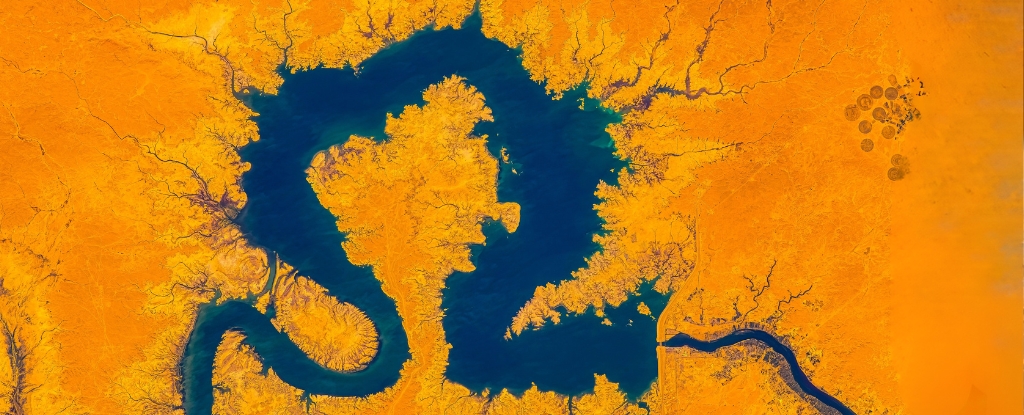Human Intervention is Dousing Earth's Magnetism










2025-07-19T12:02:02Z

What if I told you that the Earth's magnetic field, the invisible shield that protects us from cosmic radiation, has been swayed by none other than human innovation itself? It's true! The colossal weight of water amassed behind thousands of dams is literally shifting our planet's axis.
In an eye-opening study conducted by Natasha Valencic and her team of geophysicists from Harvard University, it was found that this mass of water stored in nearly 7,000 of the world’s largest dams has contributed to a significant shift in Earth's crust. Imagine moving a three-foot object across the surface of the globe—that's the impact we're talking about here!
Water Hoarding: The Unseen Impact
As we continue to trap water in dams, not only do we see a 21-millimeter drop in sea levels, but we're also redistributing the Earth's mass. Valencic explains that this can alter Earth's magnetic pole positions. Think of the Earth as a spinning sphere; adding weight at specific points can cause it to wobble, altering its axis, a phenomenon known as true polar wander.
The crust has drifted over our planet's inner magnetic north, meaning while the earth's magnetic core stays put, the surface bounces around like a mischievous kid on a trampoline. Since 1835, this pole has danced east towards Russia, then west towards North America, correlating with dam constructions.
A Mixed Blessing
Despite these shifts, Valencic assures us that we're not headed for an ice age. However, this has profound implications for sea levels, as a quarter of the rise this century is now trapped behind dams. In some ways, it's a silver lining amid the storm clouds of climate change, offering a temporary reprieve from rising seas.
These findings, published in Geophysical Research Letters, serve as a crucial reminder. As we continue to manipulate our planet, whether through damming, melting glaciers, or groundwater removal, every action sends ripples across the globe.
 Maria Kostova
Maria Kostova
Source of the news: ScienceAlert